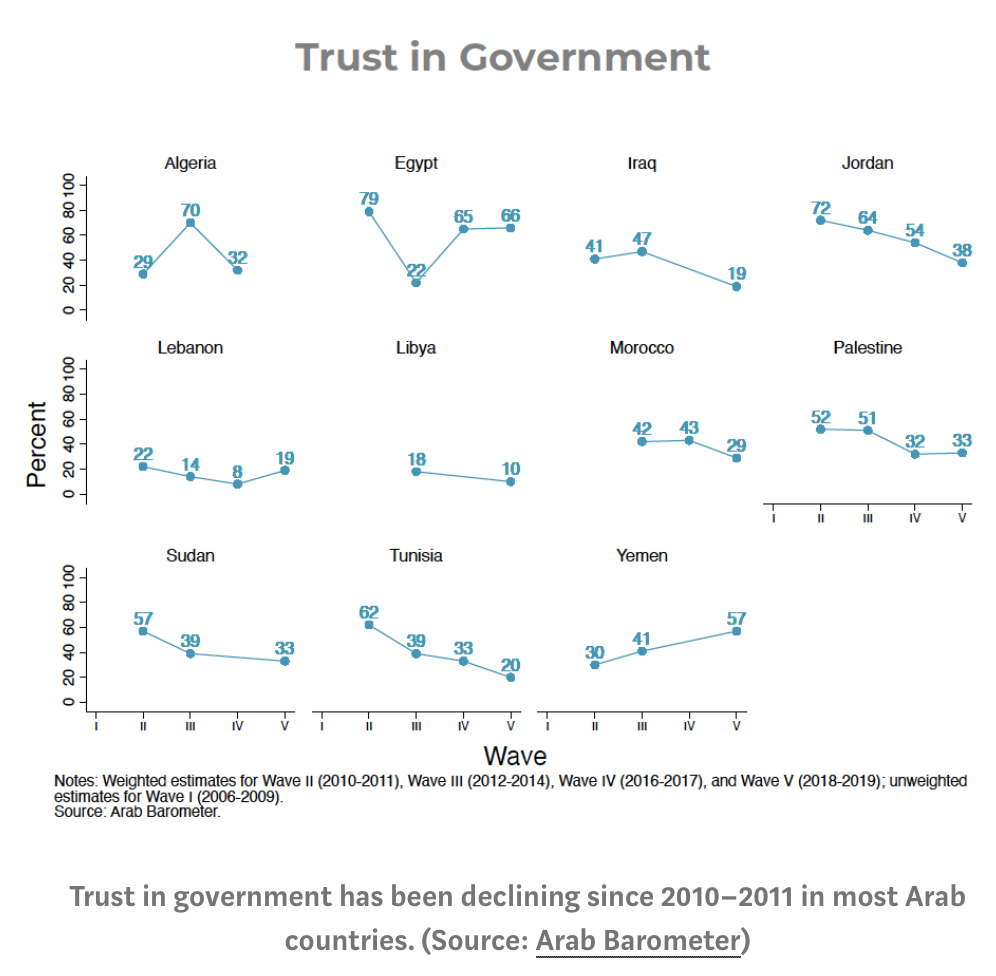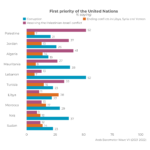In his 2014 book “The Butterfly Defect”, Oxford Martin School Professor Ian Goldin warned against the increase in systemic risks as a result of globalization. He borrowed the widely used term “butterfly effect” from chaos theory, replacing ‘effect’ by ‘defect’ to highlight the risks associated with a highly connected and integrated world. In a dedicated chapter on the systemic risk of pandemics, he foreshadowed the crisis we are witnessing today by pointing to the following factors as evidence of how a pandemic can have “profound and potentially catastrophic systemic consequences”:
1. The risk of connectivity, due to the density and intensity of connections between humans, and also between humans and animals;
2. The risk of concentration, as more and more people live in megacities and inequality within cities excludes parts of the population from basic services such as sanitation, clean water and medical care;
3. The risk of “social” contagion, given the almost instantaneous spread of information and rumors in the age of Internet and social media.
A systemic crisis
As the first systemic crisis of the 21st century, the financial crisis of 2008 shed important light on the fragility of an interconnected world, yet despite the global nature of the outfall, many Arab countries were shielded from its worse consequences by virtue of their relative isolation from the global financial system. The COVID-19 pandemic is another story. With close to 700,000 number of cases and more than 30,000 number of deaths in 202 countries worldwide, as of March 30, it has officially spread to nearly every country in the Arab region.
…
Governments matter

In middle-income countries, despite the presence of a central authority, institutional gaps and weak governance may hinder the implementation of swift, coordinated and strong measures, exposing citizens to further shocks. The Arab Barometer has shown year-after-year that low trust in governments besets the region. Meanwhile, lack of reliable data makes it harder to respond to the crisis, starting with the challenge of transparent communication to the public. According to the Open Data Inventory, which assesses the coverage and openness of official statistics provided by National Statistics Offices, data on health facilities is poorly covered in low-income Arab countries such as Mauritania and Djibouti but also in high and middle-income countries like Lebanon, Libya and the United Arab Emirates (UAE)….


